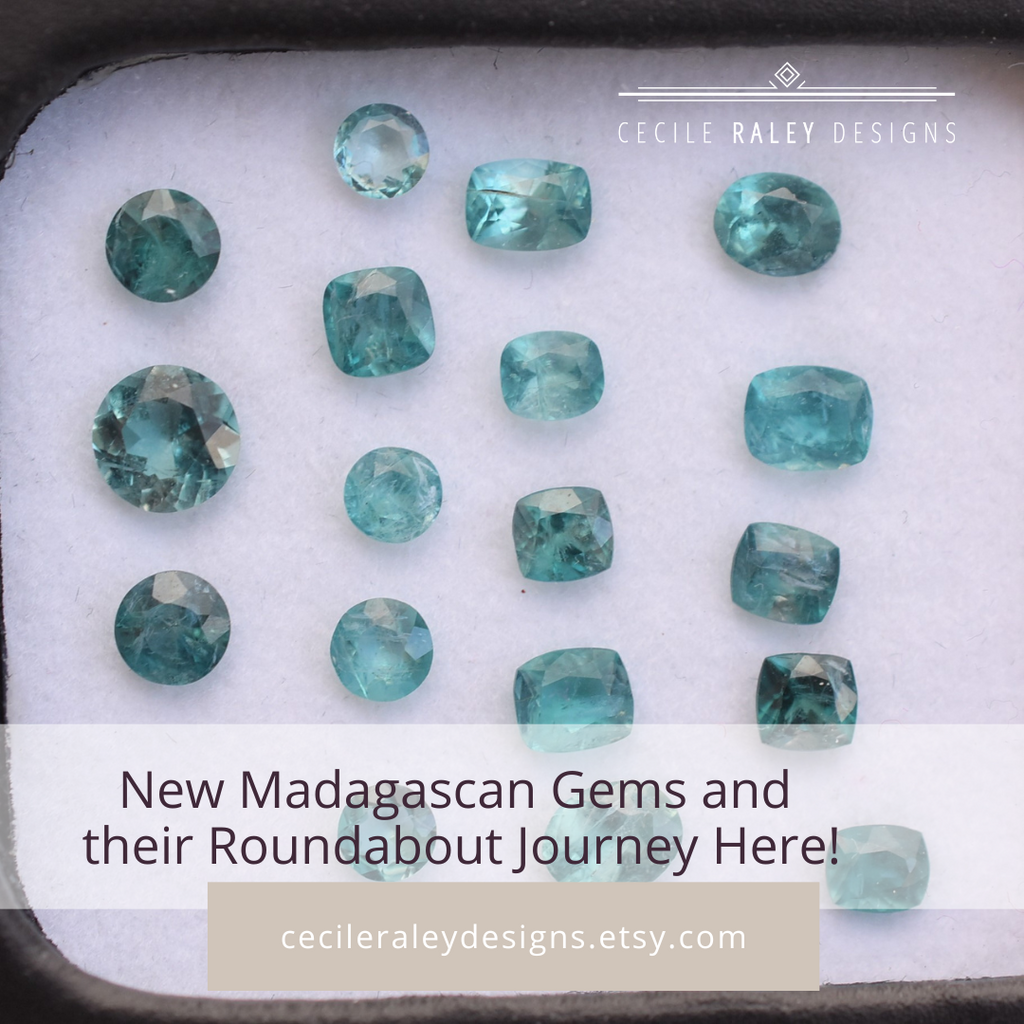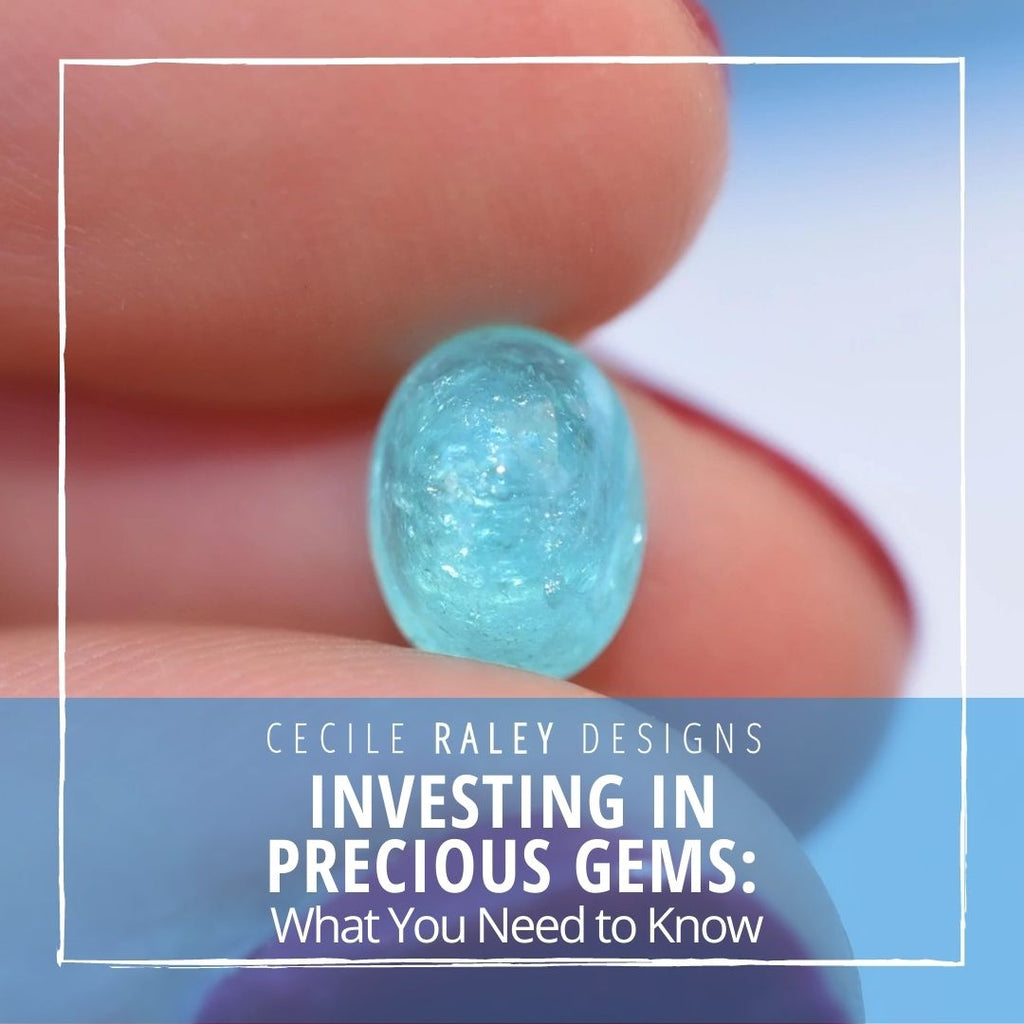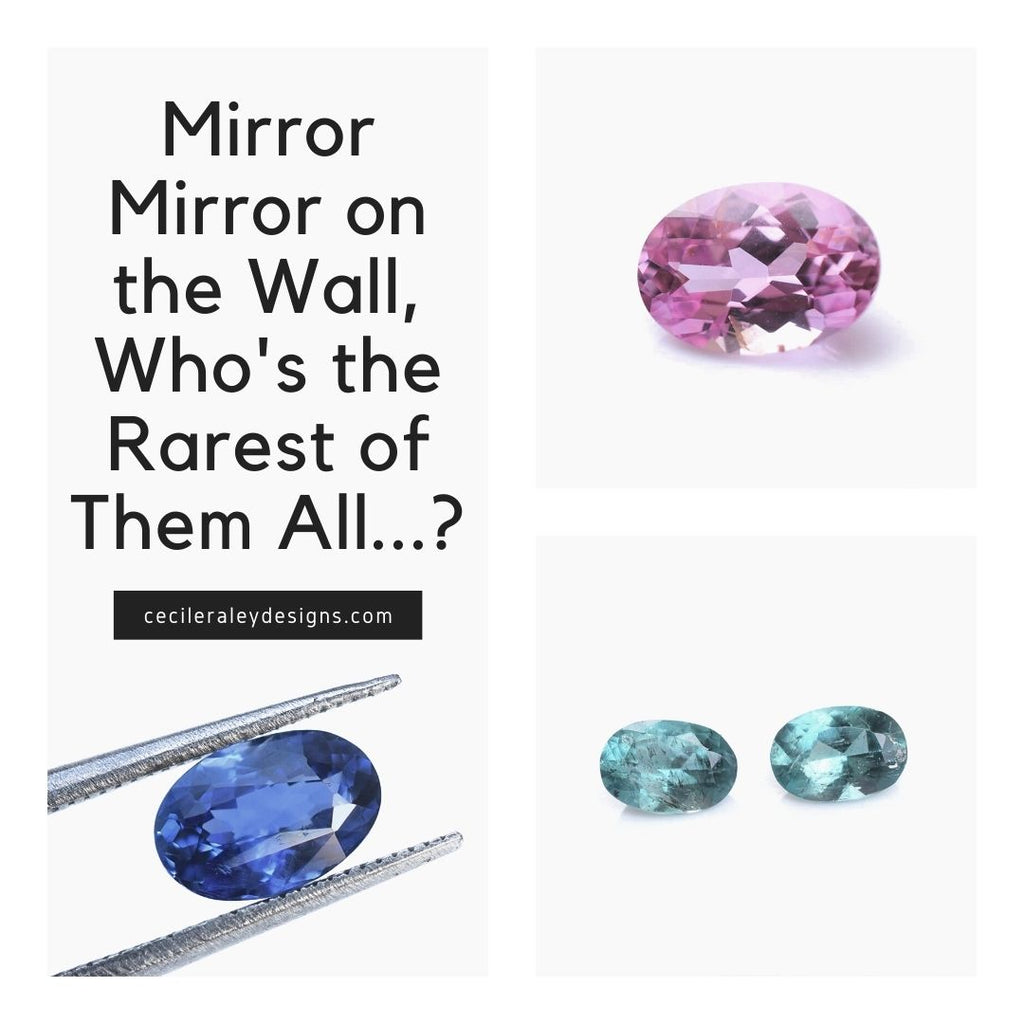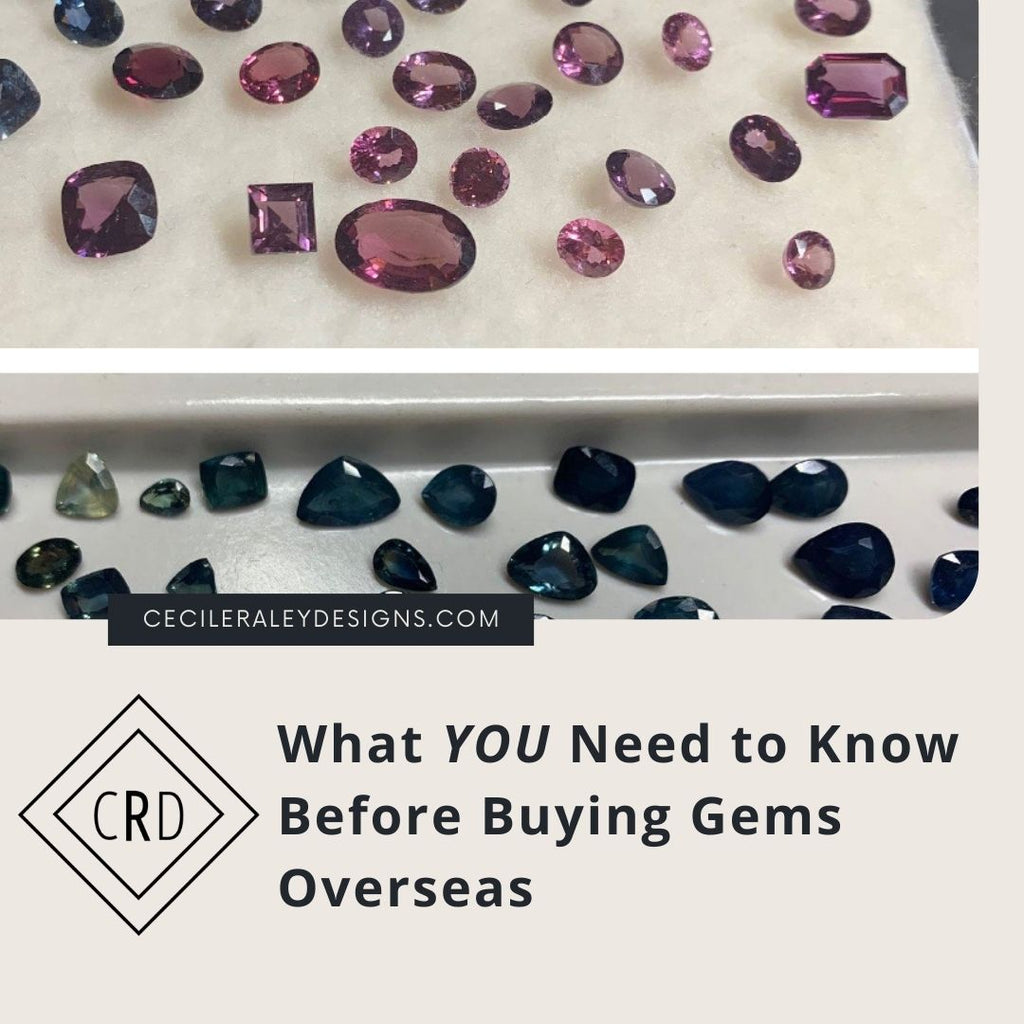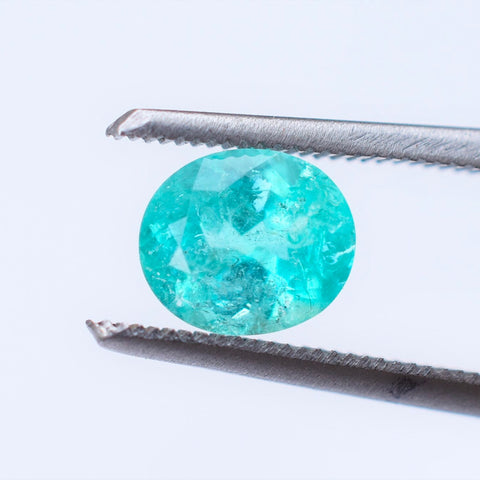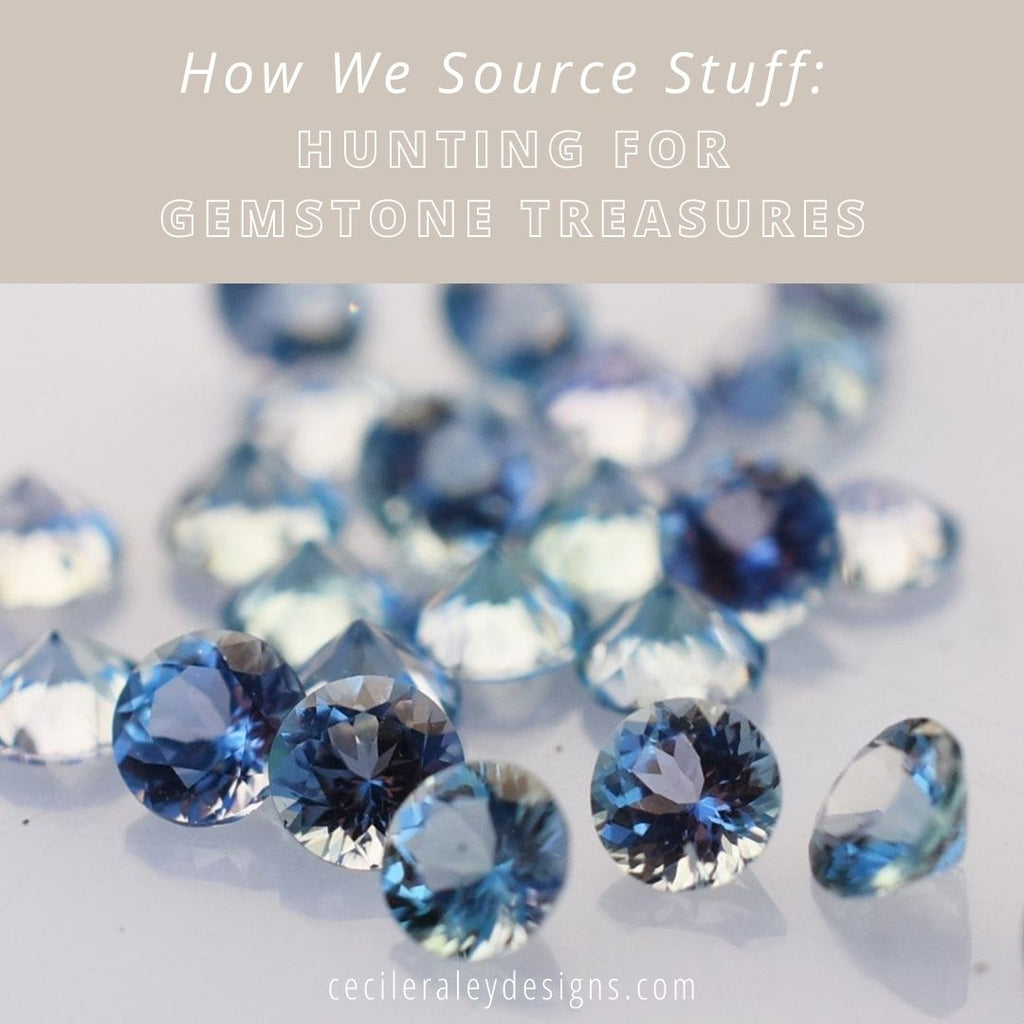Pro Vs. Novice Gem Buying: Why Pros get Better Prices
Back in 2020/21, I was trying to help a woman in her 30s looking for a career change into the gem trade. She had big ideas: learning CAD and to be a setter, getting her own cutting done, building a website on her own, designing a jewelry line... You name it, she was gonna learn it and do it. She was very over the top but also very motivated.
One day, she asked me: how do you price gems on your website? What list do you use?
I couldn’t stop laughing. Gemstone pricing is the secret of the Gem Trade. If you can take a look at a rock in front of you and say what it should cost based on estimated size, color, what you know about treatment, and all the nuances about inclusions, color in different lighting, etc. etc., then you will have already been well schooled in the trade. And I mean years.
I had another (potential) client who wanted to invest in gems but never bought anything from me directly. She kept sending me links to gems to find out if they were priced right. She’d find flaws and ask me what discount should result once she talked to the vendor. I kept saying to her: “any vendor working with fixed online prices has already decided how to evaluate the flaws and consider them in the price. They know prices better than you.” Eventually I stopped trying to be helpful. I don’t know if the client ever made her investment.
Buyers who are not in the trade often make mistakes. When I started out, I made them also. But one's capacity to judge gems and prices improves over time and this will make a huge difference.
And therein lies the most important secret weapon to get lower prices. Even though the internet universe in which we now live has to operate with fixed pricing, gemstone pricing doesn’t work like shoes or washing machines. It works more like a commodities exchange but without the ticker tape.
When you buy on location, you see this operate in full force. In the mining villages, but also in trading towns like Bogota or Bangkok or Jaipur, you’ll find people chatting in the village square, town center, or other designated trading place, showing one another parcel papers, sitting at tables in coffee shops with their wares on the table.

There’s a back and forth about who makes a first offer, and then who makes the counteroffer. It’s a bit of a sport for most traders. And even if there are legitimate “shops” or show rooms, trading isn’t any different. It can be quick or it can take all day.

Your experience will be evaluated quickly, not just by the seller you might be dealing with but by everyone else watching. Calls will be made to get more or different gems.
If you are judged to be a novice, you will lose your shirt at this point. But as a pro, you will be in heaven as you are in a unique position to show how much you know and make fair prices that both parties can work with. A gemstone seller will know and appreciate your knowledge. You will not make ridiculous low ball offers that only offend the seller so that he will try to cheat you next time. And you will not be paying too much either. Finally, you’ll be able to know a good price when you see one and a seller will be overjoyed when you do. He will want to do business with you because if you see a good price, you will acknowledge this by buying.

To achieve low pricing, two other factors matter as well:
Firstly, buying power: the more money you are able to spend, the better the discount you get. I periodically get asked for steep discounts based on the buyer having a tax ID. But if they want to buy a $50 stone for $25, this makes no sense for me. To take advantage of wholesale pricing, the key is quantity, not the tax ID number, which only allows you to save on sales tax.
And secondly, you need to bring the promise of continued business. I have worked with each and every one of my vendors for years. I do add new vendors and try to find other business, but I also keep purchasing from the older suppliers, even when I can do better elsewhere. You never know when you will need them again.
I’ll close this blog with something that you don’t need to get good prices: you need not be a registered US wholesale buyer with a tax ID. First of all, on location nobody cares what your reason is for buying, whether or not you want a stone for an engagement ring or a set of gems for resale. They won’t charge you US sales tax anyway. You may need a business visa to buy gems wholesale and export larger quantities, but for that, in turn, you will not need a tax ID.
So keep these three things in mind when looking for low prices: know your prices, buy quantity, and offer continued business. It’s that way for me, and it will work well for you also.

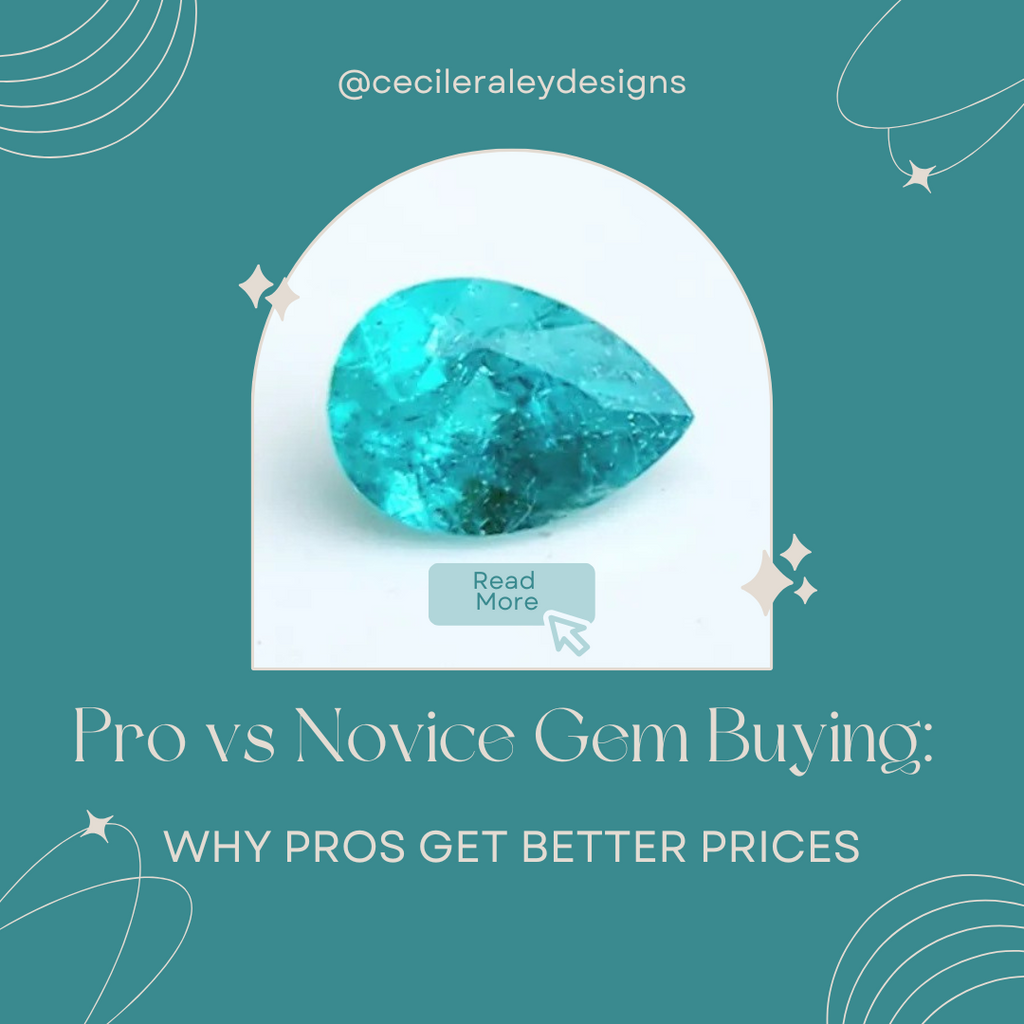
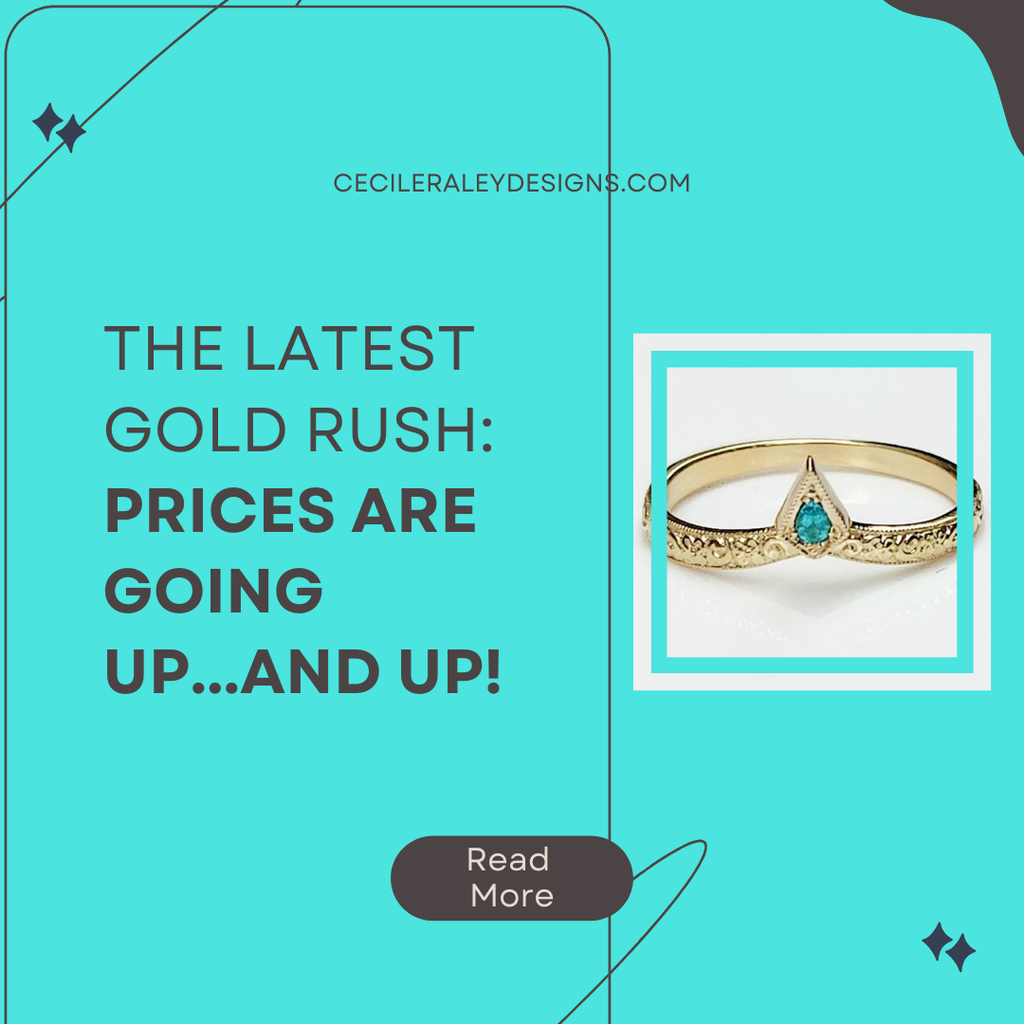














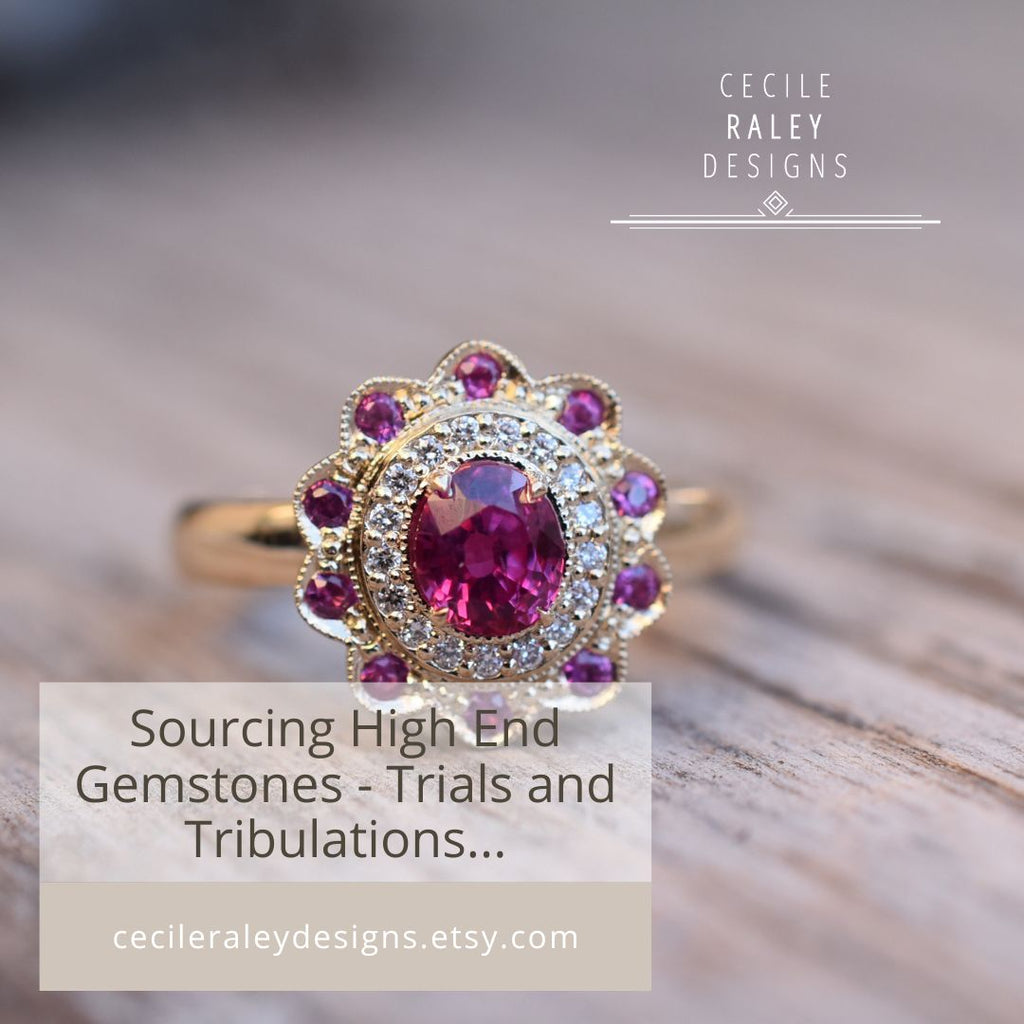




 An example of the ColorCodex introduced in 2019. Used by AGL to determine color. Click
An example of the ColorCodex introduced in 2019. Used by AGL to determine color. Click 